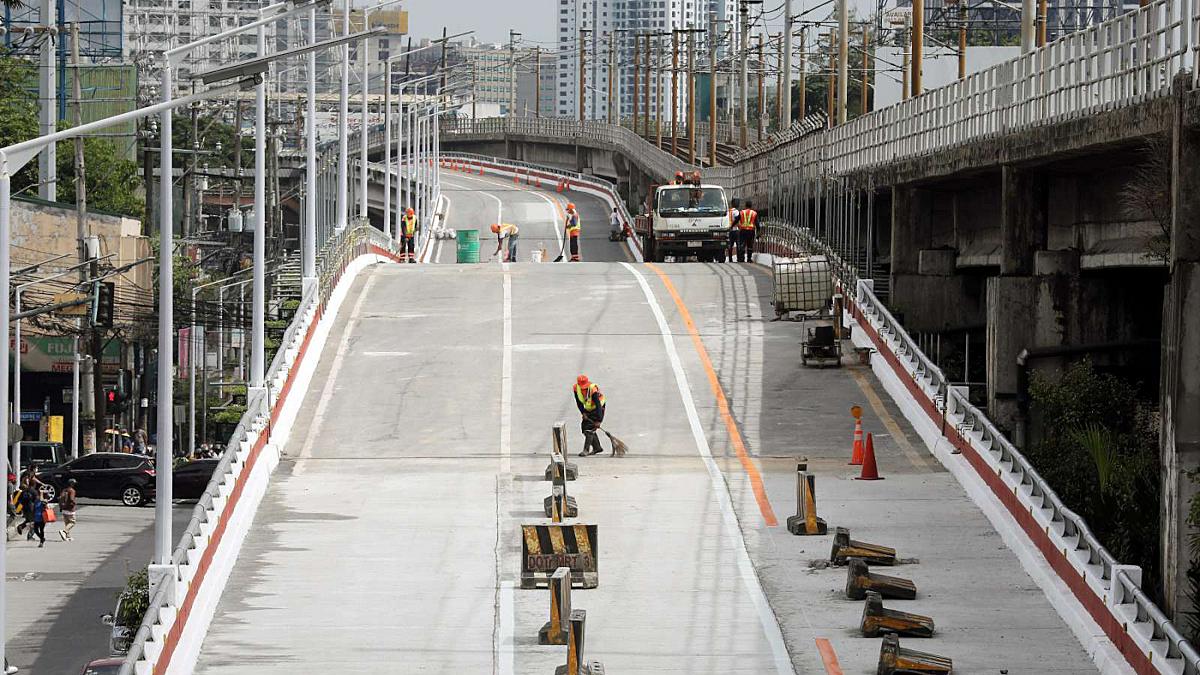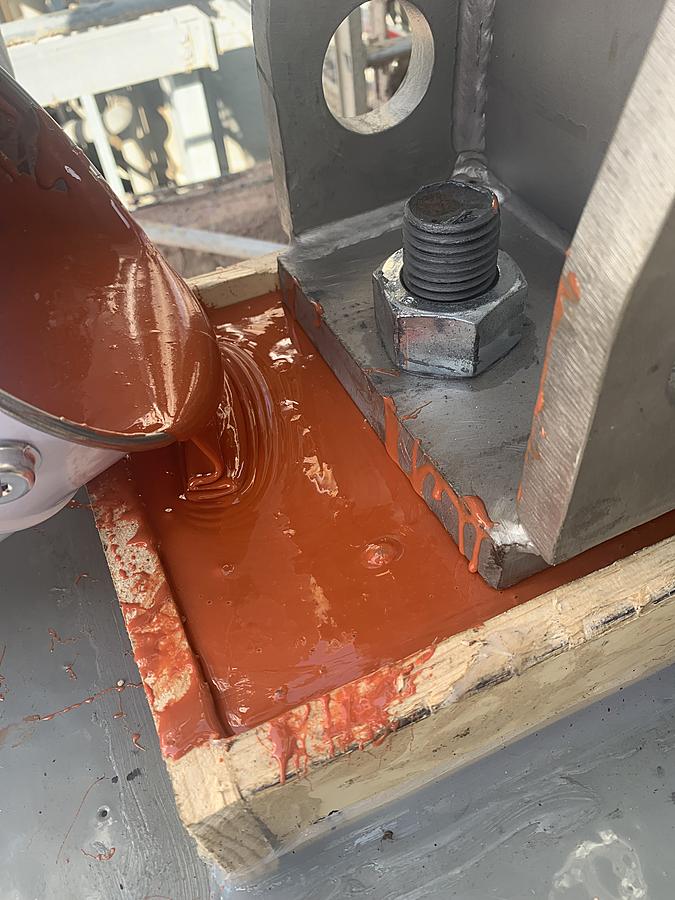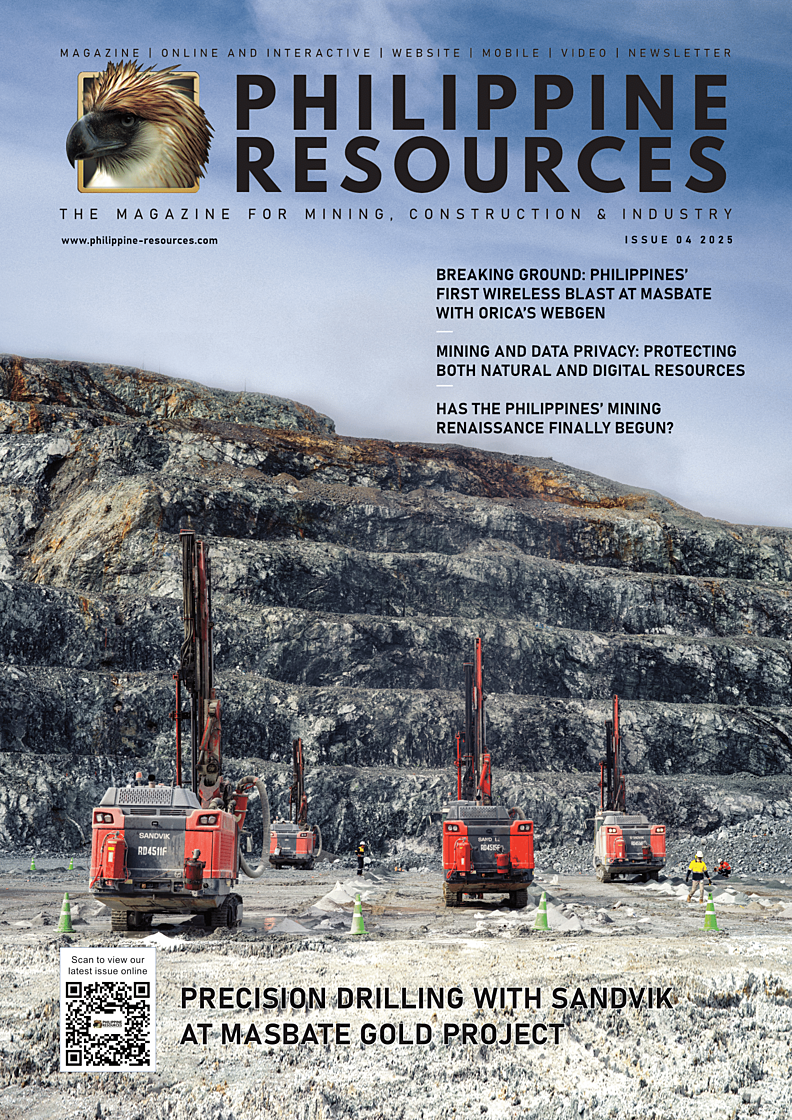One of the critical infrastructures in EDSA, the Kamuning Flyover is a national bridge constructed in 1992. A month-long repair of the EDSA-Kamuning Flyover was done in July 2022. How stable is it now? [Photo credit: Philippine News Agency]
---
A group of technical experts from DPWH’s Technical Services Division conducted a study to determine the stability of the Kamuning Flyover. They reported their findings through an academic paper that they presented last year in December during the GeoCon 2024.
Petrography is the study of rocks and building materials like concrete. Assessment of the material is done through microscopic analysis of thin sections. Petrography studies closely the composition, texture, and properties of materials used in buildings and roads to further understand their origin, condition, and potential for degradation.
For materials used in creating roads and buildings, petrography is important in determining safety and strength through the evaluation of concrete, mortar, grout, and other construction materials. The quality of these components is determined in order to identify potential issues like cracking or scaling. There is also an assessment of the impacts of factors like the weather, fire, and water damage.
Putting it all under the context of road safety in EDSA-Kamuning Flyover, study titled “Preliminary Concrete Petrography Assessment of the Kamuning Flyover, EDSA Avenue, Quezon City” was done by Bonn Allen M. Perias, Adrienne Nicole Fernandez, Clarence Magtoto, Benedict Padilla, Renzo Roldan, and Jeffrey Matamorosa. They are part of the Technical Services Division, Bureau of Research and Standards, Department of Public Works and Highways, Philippines.
They reported, “Concrete is one of the essential and commonly-used materials for building infrastructures in the Philippines. Hence, the quality of the concrete materials must be rigorously analyzed for ensuring the integrity and stability of their long-term performance under recurring stresses and natural exposures (e.g. typhoons, earthquakes, etc.).”
“Previously, uniaxial compression and flexural strength tests are the only methods approved by the Department of Public Works and Highways (DPWH) for evaluating the performance of concrete.”
“In the past five (5) years, concrete petrography has been introduced through the collaboration of the DPWH and the University of the Philippines’ National Institute of Geological Sciences (UP-NIGS) as a complementary method for assessing the quality and durability of concrete structures.”
Why is their study focused on EDSA-Kamuning Flyover?
After the discovery of large potholes and cracks in June 2022, the Kamuning Flyover had a month-long closure in July. Although it brought major inconvenience to motorists, the emergency repairs that were done at that time will have its long-term advantage.
To ensure safety and smooth traffic flow, the group’s petrographic study looks deeper into possible problems that may resurface in the future.
Moreover, EDSA (or Epifanio de los Santos Avenue) is one of the main highways of Metro Manila. The Kamuning Flyover is a major portion of EDSA.
EDSA in particular is designed to hold only 200,000+ vehicles, but on a regular work day, there are approximately 400,000+ vehicles on this road. Other than causing major traffic congestion, how well is road/structure coping with the daily wear and tear, plus the harsh elements like floods and severe summer heat?
“Maintenance of various components of this 24-km long infrastructure is crucial for ensuring the efficient and continuous movement of people, services, and goods not only for the capital but also for areas surrounding the metropolis.”
“Kamuning Flyover, a national bridge constructed in 1992, serve as a bypass crossing East and Timog Avenues, is one of the critical infrastructures comprising EDSA. During an inspection in June 2022, which exhibited degradation, core samples collected from sections of its southbound lane were subjected to concrete petrography. The microscopic analyses showed the presence of significant cracking, as well as the presence of concrete deterioration (e.g. Alkali-Silica Reaction Gel, Delayed Ettringite Formation, carbonation).”
“Results compared on samples from other infrastructures inspected, revealed that the quality of materials, local climate regimes, and/or workmanship play a more significant role in the long-term quality and serviceability of concrete rather than the age of the structure. Additional tests are hence recommended for a thorough evaluation of Kamuning Flyover and other similar infrastructure along EDSA.”
---
To contact the author of the study: periasbonnallen@gmail.com
Photo credit: Philippine News Agency/Facebook page






